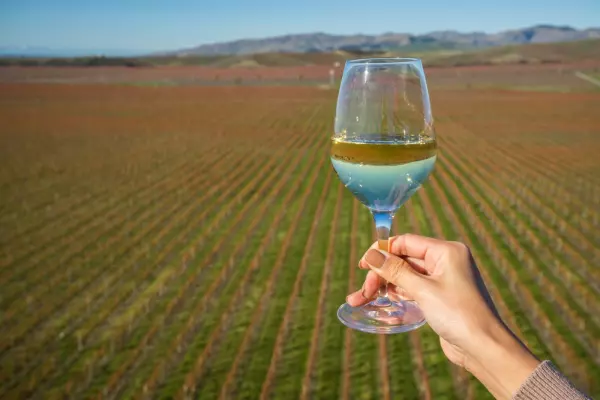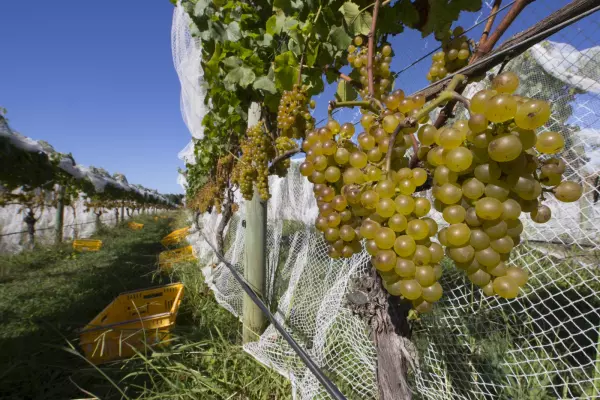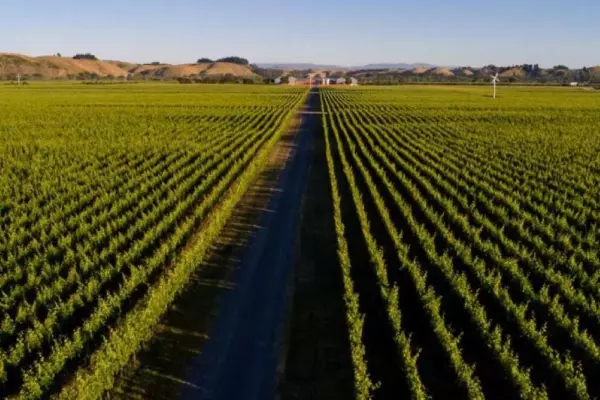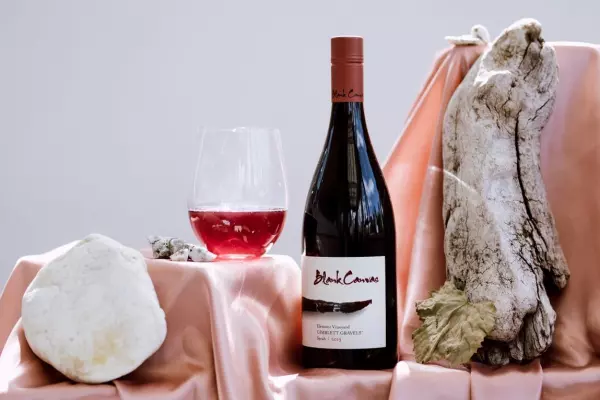Why do red-wine buyers prefer wines made from a single variety such as syrah and pinot noir to blended reds?
I posed the question to a group of (mostly) red-wine drinkers. The agreed response was that wines made from a single variety offer less risk. By buying a varietal rather than a blended wine, they felt they were less likely to be disappointed. A varietal wine was more predictable, they argued.
The counterargument is that blended wines are more consistent from vintage to vintage than varietal wines. The winemaker has a range of potential components that allow fine-tuning in pursuit of top quality and a recognisable “house” style that will be familiar to his customers. Top blended reds such as Te Mata Coleraine or Craggy Range Sophia achieve a high level of consistency from vintage to vintage. Syrah and pinot noir are more likely to reflect vintage variation.
Until the mid-20th century, red wines were often blended with inferior wines to make good wines go even further. Wines were mostly bottled from individual barrels, which resulted in considerable inconsistency.
Blending tanks and strictly enforced wine laws now ensure that what you read on the label is what you get in the bottle, with a moderate amount of latitude. For example, if the label states that the wine is a 2019 syrah from Hawke’s Bay, then at least 85% of the wine must be syrah from Hawke’s Bay and from the 2019 vintage. In the case of blends, at least 85% must be from the varieties shown on the label. If a wine is a blend of 75% merlot, 15% cabernet sauvignon and 10% malbec, then the label can legally show that the wine is merlot cabernet sauvignon (but not merlot malbec). Varieties shown on the label must be in descending order.
Bordeaux is the world’s blending benchmark. Red wines can be made of all or any of cabernet sauvignon, cabernet franc, merlot, petit verdot, malbec and (rarely) carménère. It is worth remembering that these six grape varieties were chosen partly because they have quite different ripening times. If Bordeaux were hit by hail or frost, a spread of ripening dates provides some insurance that growers wouldn’t lose their entire crop.
Hawke’s Bay and Waiheke are the two regions that produce the lion’s share of this country’s blended red wines. Both have enjoyed a trifecta of excellent red-wine vintages in the past three years (2019-21). Serious blended reds from 2019 are just starting to hit the shelves. The time is right to stock up on some heavyweight reds that will need at least 4-5 years of patient storage to enjoy them at their best.
Bob’s Top Picks
Investment Wines

2016 Te Motu, Waiheke, $140
A cabernet sauvignon-dominant blend with merlot and cabernet franc. Elegant, complex red showing the benefit of a little bottle age, with plum, dark berry, spicy oak, rhubarb, dried herb, tobacco leaf and spicy oak tones. Can be appreciated now but shows obvious potential.
Weekend Wines
Top White

2020 Kumeu River Estate Chardonnay, Kumeū, $35
Rich, textural and silken chardonnay with tree fruit/peach/nectarine, toast and brioche flavours. Seamless wine with a backbone of bright acidity helping to drive a lengthy finish. Stylish, polished chardonnay that represents excellent value at this price.
Top Red

2019 Craggy Range Te Kahu, Hawke’s Bay, $29.95
A blend of 54% merlot, 27% cabernet sauvignon, 10% malbec, 7% cabernet franc and 2% petit verdot. Dense, inky red with cassis, dark berries, cocoa powder, mocha and spicy oak. Excellent value at this price. A consistently high performer every year but an exceptional wine in this stellar vintage.
Read more from Bob at therealreview.com














